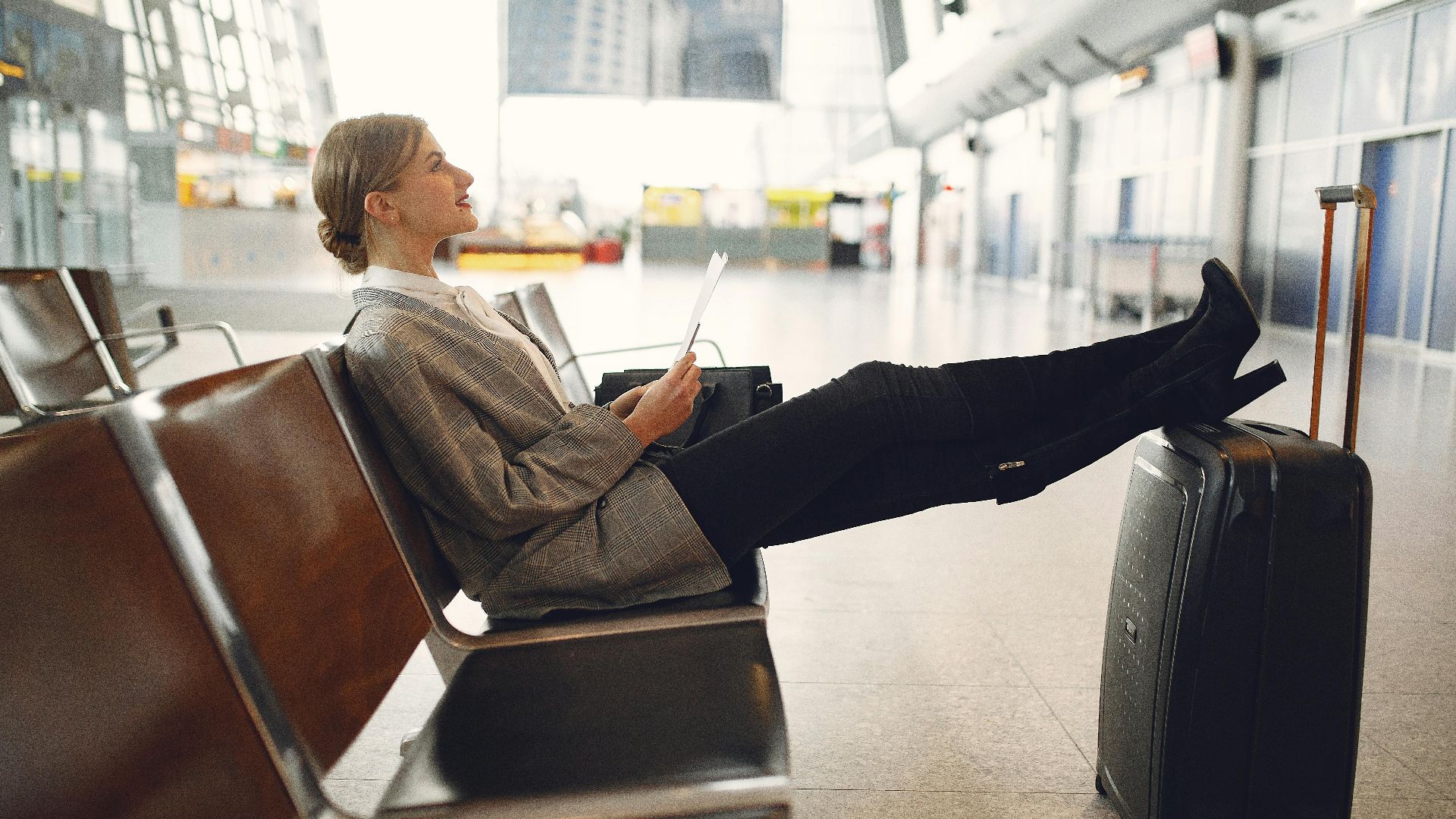You're Too Early—Why You Probably Don't Need To Be At The Airport 3 Hours Before The Flight
You're Too Early—Why You Probably Don't Need To Be At The Airport 3 Hours Before The Flight
You breeze through check-in, clear security, and suddenly have two hours to kill. Sound familiar? That early arrival probably isn’t saving you time anymore—it’s just costing you peace of mind. Modern airports move faster than you think. Let’s look at how timing smarter actually works.
The Three-Hour Myth and Its Origins
We've all heard it: "Arrive at the airport three hours before your flight!" This golden rule has been passed down through generations of travelers like sacred wisdom. But where did this advice originate? The three-hour recommendation gained traction after 9/11 when security measures intensified dramatically.
Airlines began suggesting longer buffer times to accommodate unpredictable security lines and heightened screening procedures. However, what started as temporary guidance has calcified into unquestioned doctrine, despite significant improvements in airport efficiency over the past two decades.
Today's automated check-in kiosks, mobile boarding passes, and TSA PreCheck have revolutionized the airport experience. According to data from the Transportation Security Administration, the average security wait time at major US airports is just 15–30 minutes during normal operations.
What Airport Data Actually Tells Us
Recent data from 2024–2025 highlights a more nuanced reality about optimal arrival times. According to a comprehensive study by Bounce, the average TSA security wait time across major U.S. airports is just 13 minutes, with passport control adding about 14 minutes for international travelers. Even at the busiest airports, combined processing rarely exceeds 40 minutes.
At Atlanta's Hartsfield-Jackson, the world's busiest airport, recent measurements indicate that passengers move through security in 15–25 minutes during standard hours, with many checkpoints showing wait times of under 15 minutes.
Most telling is the real-time checkpoint data now published by airports and the TSA through their mobile apps and websites. These trackers consistently show that arriving three hours early for domestic flights means spending substantial time sitting at your gate.
Smarter Timing Strategies For Modern Travel
Instead of following outdated blanket advice, consider these evidence-based guidelines: For standard domestic flights, 90 minutes is typically sufficient. For international flights, two hours covers all bases. If you're traveling during peak periods, add 30 minutes to the recommended travel times.
Your personal airport efficiency profile also matters. Travelers with TSA PreCheck, Clear, or airline status can reliably deduct 15–30 minutes. Those checking bags should add 15 minutes to their travel time. First-time visitors to unfamiliar airports may want to add another 30 minutes for orientation.
Also, keep in mind that many airports and airlines offer real-time wait time updates through their apps. Services like FlightAware and MyTSA provide historical and current data to help optimize your arrival time, so plan accordingly.









